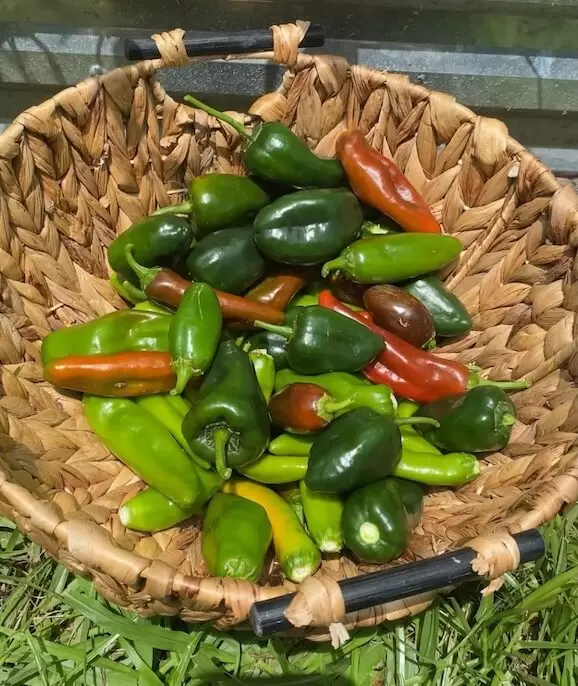Last Updated on January 11, 2024 by Homegrown Florida
As part of our 30-day challenge to spend just 15 minutes in the garden daily, today’s focus is on transplanting tomato plants. These seedlings have been thriving, starting from seeds in my AeroGarden. If you’re curious about the process, check out my video on successfully starting tomato plants indoors.
Getting Started
- Prepare the Hole: The first step is to dig a hole for your tomato transplant. I prefer using one-inch diameter bamboo posts to stake my tomatoes, aiming to elevate the plants for better air circulation, reducing the risk of blight and powdery mildew.
- Fertilize the Hole: Drop a small handful of Tomatotone fertilizer into the hole and gently mix it with the soil. This provides essential nutrients to support the tomato plants as they establish themselves.
- Microbial Boost: If you’re experimenting with microbial additives like microrhizae, add a small amount to the bottom of the hole. While I’m still evaluating its effectiveness, it’s an interesting addition to promote root health.
Transplanting Process
- Gently Remove Seedling: Carefully remove the tomato seedling from its pot, ensuring minimal disturbance to the roots. If there are early signs of root development at the bottom, it’s a positive indicator.
- Microbial Application: Position the seedling in the hole. Fill the hole with soil, ensuring the tomato is planted deep. Tomatoes have the remarkable ability to root along the stem.
- Hilling Up: As an extra precaution, especially if your bed has sunk, hill up the soil around the tomato plant. This provides additional support and encourages further root development.
- Trim Lower Leaves: To combat fungal infections, trim off lower leaves. Aim to have no leaves at least 1 foot from the ground to minimize the risk of soil-borne diseases.
- Stake the Tomato: Secure the tomato plant to the bamboo stake using twine. Avoid tying it too tightly, allowing for some flexibility as the plant grows.
- Watering: Thoroughly water the transplanted tomato to ensure it settles into its new home. Adjust the watering based on recent rainfall and weather conditions.
- Mulching: Complete the process by adding a layer of mulch around the tomato plant. Grass clippings work well and can be a sustainable option based on availability.

Conclusion
And there you have it – a quick and efficient tomato transplanting session in just around five minutes! With the remaining time, consider repeating the process for additional plants or tending to other garden tasks. Remember, dedicating 15 minutes a day can yield a garden that feeds your family. Happy gardening!



